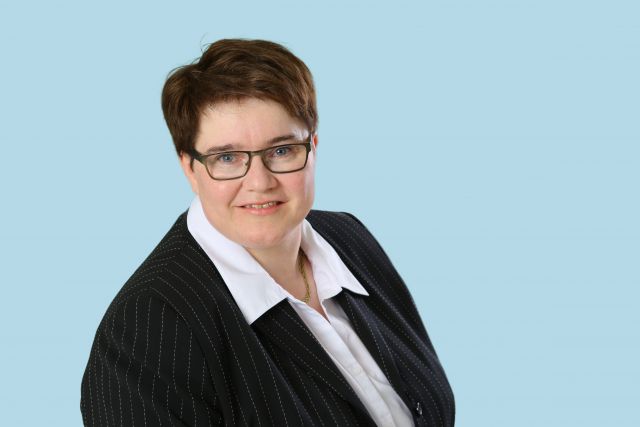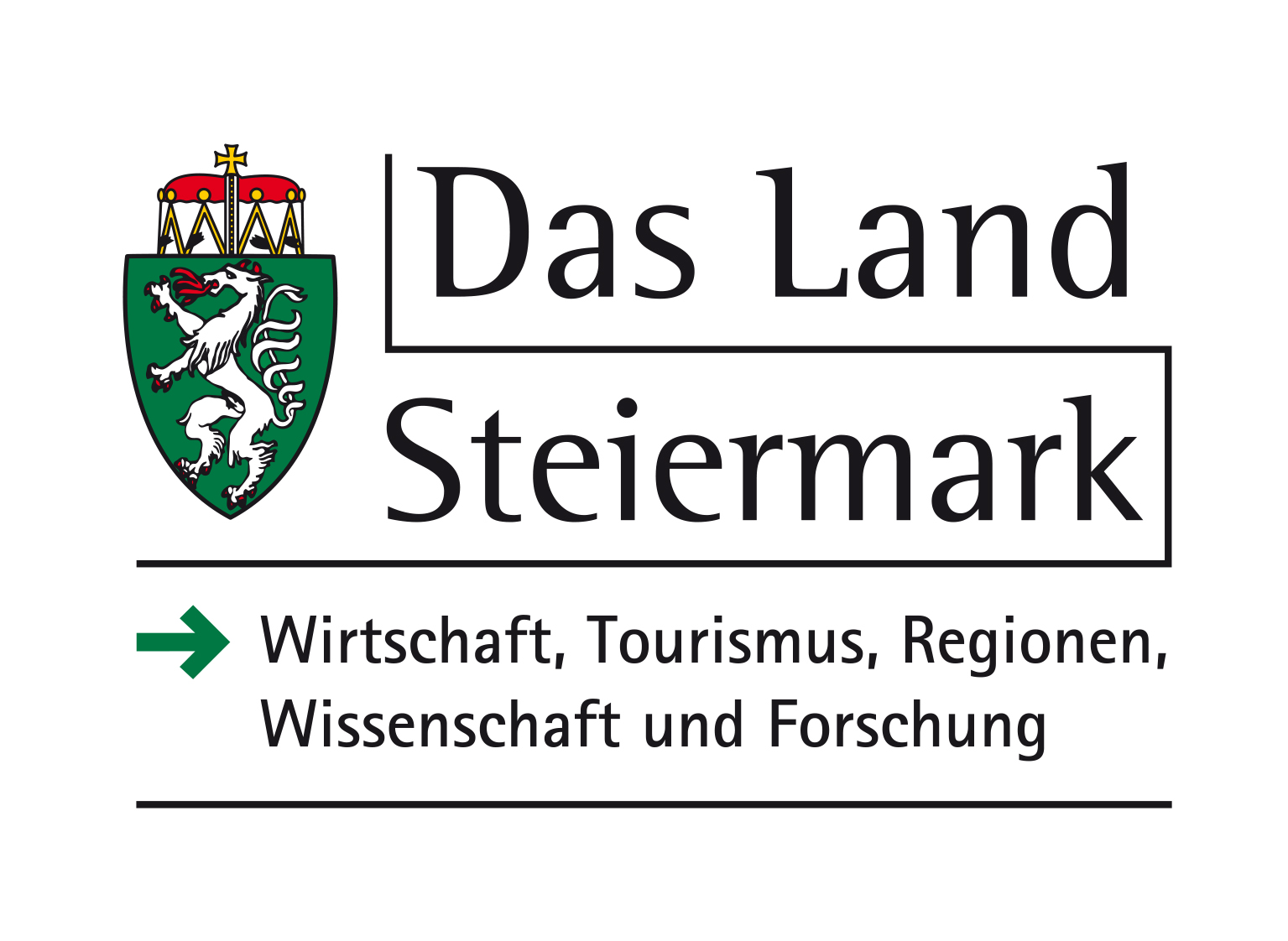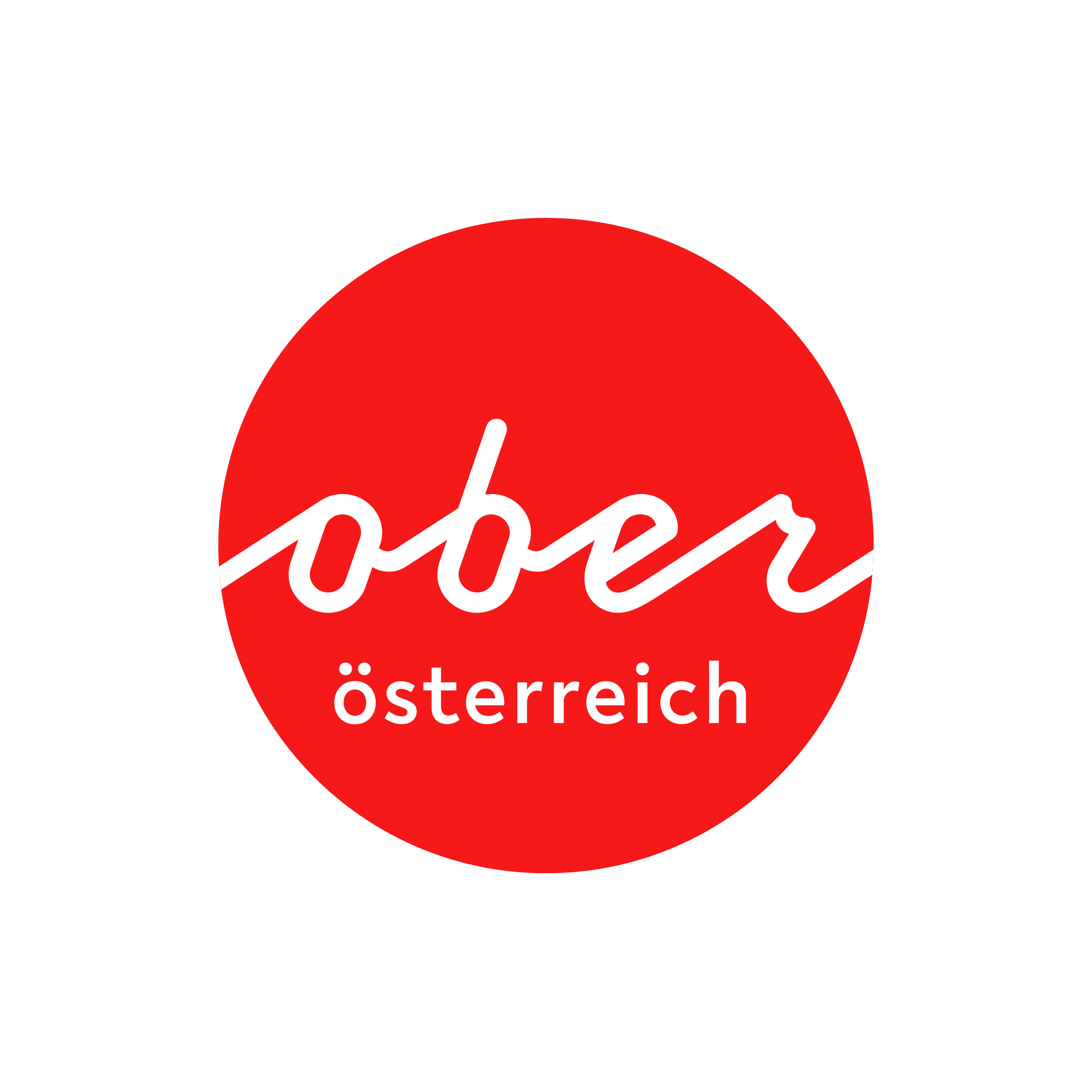Publications
2018
Reviewed Scientific Journals
Eibel, A., Marx, P., Jin, H., Tsekmes, I-A., Mühlbacher, I., Smit, J., Kern, W., Wiesbrock, F. (03/2018). "Ehancement of the Insulation Properties of Poly(2-oxazoline)-co-Polyester Networks by the Addition of Nanofillers", Macromolecular Rapid Communications, Vol. 39(6), pp 1700681:1-1700681:6, DOI: 10.1002/marc.201700681
Nothdurft, P., Feldbacher, S., Jakopic, G., Mühlbacher, I., Pötz, S., Kern, W. (03/2018). "Surface characterization of copper substrates modified with carboxyl terminated phosphonic acids", International Journal of Adhesion and Adhesives, Vol. 84, pp 143-52, DOI: 10.1016/j.ijadhadh.2018.03.012
Marx, P., Wanner, A. J., Jin, H., Tsekmes, I-A., Smit, J. J., Kern, W., Wiesbrock, F. (09/2018). "Effect of surface interactions on the insulating properties of epoxy composites", Abstracts of papers / American Chemical Society, Vol. 2018 (2), POLY-77
Wiesbrock, F., Luef, K. P., Ottersböck, B., Oreski, G., Petit, C., Grassl, B., Reynaud, S. (09/2018). "Enzyme-degradable hydrogels based on copoly(2-oxazoline) networks", Abstracts of papers / American Chemical Society, Vol. 2018 (2), POLY-277
Marx, P., Morak, M., Gschwandl, M., Fuchs, P., Antretter, T., Pfost, M., Kern, W., Wiesbrock, F. (09/2018). "Gradient polymer composites for optimum heat dissipation", Abstracts of papers / American Chemical Society, Vol. 2018 (2), PMSE-772
Wiesbrock, F., Eibel, A., Marx, P., Jin, H., Tsekmes, I-A., Kochetov, R., Smit, J. J. (09/2018). "High-voltage insulators based on polymers and nanocomposites derived from natural resources", Abstracts of papers / American Chemical Society, Vol. 2018 (2), PMSE-704
Wiesbrock, F., Petit, C., Luef, K. P., Grassl, B., Reynaud, S. (09/2018). "Ionic liquids as (recyclable) reaction media for the synthesis of poly(2-oxazoline)-based photoresists from renewable resources", Abstracts of papers / American Chemical Society, Vol. 2018 (2), Poly-298
Tao, Q., Pinter, G., Antretter, T., Krivec, T., Fuchs, P. (07/2018). "Model free kinetics coupled with finite element method for curing simulation of thermosetting epoxy resins" Journal of Applied Polymer Science, Vol. 135, Articel Nr. 46408, DOI: 10.1002/app.46408
Morak, M., Marx, P., Gschwandl, M., Fuchs, P. F., Pfost, M., Wiesbrock, F. (12/2018). "Heat Dissipation in Epoxy/Amine-Based Gradient Composites with Alumina Particles: A Critical Evaluation of Thermal Conductivity Measurements", Polymers 2018, Vol. 10 (10), p 1131, DOI: 10.3390/polym10101131
Müller, C., Zhang, Z., Schwarz, R., Pukel, G., Wiesbrock, F., Bakija, B., Muhr, H. M. (12/2018). "Adhesives for bonding transformerboard: partial discharge and ageing behaviour", e&i - Elektrotechnik und Informationstechnik, Vol. 135(8), 2015, pp 623 - 627
Romano, A., Roppolo, I., Giebler, M., Dietliker, K., Možina, Š., Šket, P., Mühlbacher, I., Schlögl, S. & Sangermano, M. (12/2018). "Stimuli-responsive thiol-epoxy networks with photo-switchable bulk and surface properties.", RSC Advances, Vol. 8(73), 2018, pp 41904 - 41914
Plesa, I., Notingher, P. V., Stancu, C., Wiesbrock, F., Schlögl, S. (12/2018). "Polyethylene nanocomposites for power cable insulations", Polymers, Vol. 11, Issue 1, Art. Number 24, DOI: 10.3390/polym11010024
Conference Papers
Yalagach, M., Fuchs, P. F., Mitev, I., Antretter, T., Feuchter, M., Wolfberger A., Qi, T. (11/2018). "Influence of environmental factors like temperature and humidity on MEMS packaging materials.", ESTC 2018 Proceedings, Art. Number 8546484
Marx, P., Eibel, A., Windberger, M. S., Jin, H., Tsekmes, I., Smit, J. J., Mühlbacher, I., Kern, W., Wiesbrock, F. (06/2018). "Verbesserte dielektrische Eigenschaften von poly(2-oxazolin)-basierenden Oberflächenbeschichtungen durch Zugabe von nanoskalierten Additiven", Tagunsband, 27. Leobener Kunststoff-Kollouqum, Print & Coat - Polymere in Druck- und Beschichtungstechnologien
Gschwandl, M., Frewein, M., Fuchs, P. F., Antretter, T., Inter, G., Novak, P. (12/2018). "Evaluation of Digital Image Correlation Techniques for the Determination of Coefficients of Thermal Expansion for Thin Reinforced Polymers", Tagungsband, EMAP 2018 Conference Proceedings, pp 4
Other Publications
Windberger, M. S., Wiesbrock, F. (05/2018). "Negativ-Fotolacke auf Basis nachwachsender Ressourcen", Poster, Silicon Alps Spotlight, Loeben, A.
Marx, P., Eibel, A., Windberger, M. S., Jin, H., Tsekmes, I., Smit, J. J., Mühlbacher, I., Kern, W., Wiesbrock, F. (04/2018). "Verbesserte dielektrische Eigenschaften von poly(2-oxazolin)-basierenden Oberflächenbeschichtungen durch Zugabe von nanoskalierten Additiven",Poster, 27. Leobener Kunststoff-Kolloquium: Print & Coat - Polymere in Druck- und Beschichtungstechnologien, Leoben, A.
Marx, P., Wiesbrock, F. (05/2018). "Nanokomposite als Hochleistungs-Dielektrika für elektronische Anwendungen", Poster, Silicon Alps Spotlight, Leoben, A.
Yalagach, M. (09/2018). "Influence of environmental factors like temperature and humidity on materials used in MEMS packaging materials", Poster, Electronics System Integration Conference-2018, Dresden, D.
Gschwandl, M., Frewein, M., Fuchs, P. F., Antretter, T., Pinter, G., Novak, P. (12/2018). "Evaluation of Digital Image Correlation Techniques for the Determination of Coefficients of Thermal Expansion for Thin Reinforced Polymers", Poster, EMAP 2018, Hong Kong, China
Academic Theses
Ph.D. Theses:
| Mario Gschwandl | Reliability and lifetime evaluation of new power package concepts through enhanced damage and failure simulation |
| Mahesh Veerappa Yalagach | Virtual System Evaluation of High-Performance Pressure Sensor in Interaction with PCBs |
| Matthias Windberger | Expansionskunststoffe als Isolatoren in Hochspannungsanwendung |
| Philipp Marx | Novel resins and composites that exhibit volumetric expansion during curing |
| Matthias Morak | Nonlinear material modeling and simulation of thermoplastics |
| Angelo Romano | Functional polymers for the fabrication of two-dimensional micropatterns and threedimensional polymer structures |
| Lukas Heupl | Polymers and Related Composites for Future Energy Conversion and Storage |
| Freskida Goni | Optimization of the preparation method, chemical modification and characterization of boron nitride nanosheets |
Diploma and Master Theses:
| Alexander Eibel | Poly(2-oxazoline)-based Nanocomposites for High-Voltage Applications |
| Sarah Rendl | Time-dependent water uptake in polymer-based nanocomposites |
| Lukas Heupl | Ion Conductivity of Blended Polymer Resins |
| Freskida Goni | High-yield production and characterization of boron nitride nanosheets |
K-Project PolyTherm
The project 'Polymer Composites for Thermally Demanding Applications' – acronym 'PolyTherm' – is one of 8 K-Projects that were approved within the COMET program (Competence Center for Excellent Technologies) with a duration of 4 years and a volume of € 5.5 million.
Leading companies in the areas of microelectronics, electrical engineering and high-voltage engineering are focusing on increasing efficiency in the field of electrical engineering and electronics with polymer-based materials. This project is managed by the plastics experts at the Polymer Competence Center Leoben (PCCL) as consortium leader.
The application of polymers in the field of electronics and electrical engineering covers numerous applications, from printed circuit boards, components of power electronics in vehicles to high-voltage generators and transformers. Six companies (including ams AG, ANDRITZ HYDRO GmbH, AT&S AG, AVL List GmbH, Continental Automotive GmbH, and Siemens AG Österreich) as well as research partners at five universities (MU Leoben, Graz University of Technology , TU Dortmund, Politecnico di Torino, and University of Southampton) have joined the consortium headed the Polymer Competence Center Leoben GmbH (PCCL) to form a worldwide unique consortium in this area.
The concept of 'PolyTherm' combines the expertise of material scientists, polymer chemists and electrical engineers: This sustainable concept ensures long-term, high-quality R & D, the results of which can be implemented quickly for the development of marketable products and processes
Organisation
Organization
Research
Polymers and polymer-based composites are indispensable materials for electronics and electrical engineering. Examples include printed circuit boards, components of power electronics in vehicles, high-voltage generators and transformers. Both, the increasing integration density in electronics and the need for higher efficiency and improved power-to-weight ratio of generators and transformers, result in demanding operating conditions and higher temperature levels. This requires improved or novel materials in order to achieve increased thermo-mechanical stability, thermal conductivity and sufficient dielectric strength in various voltage ranges and, hence, to guarantee quality and reliability at the highest level.
The K-Project 'Polymer Composites for Thermally Demanding Applications (PolyTherm)' (i) combines the expertise of materials scientists, polymer chemists and electrical engineers, (ii) to target applied research in the field of functional polymers and multi-material structures for electronics and electrical engineering, (iii) yields novel materials, modeling and simulation techniques, as well as alternative manufacturing technologies, and (iv) represents a well-defined research cluster within the structures of the PCCL.
PolyTherm's six partner companies can be assigned to the electronics / e-mobility sector (AT&S AG, Continental Automotive GmbH, ams AG, and AVL List GmbH) and high-voltage engineering (Siemens AG Österreich, Andritz Hydro GmbH). Scientific partners of 5 universities (Montanuniversitaet Leoben (AT), Graz University of Technology (AT), University of Southampton (UK), Politecnico di Torino (IT), and Technical University of Dortmund (DE)) join the consortium with complementary competencies in the fields of polymer chemistry and polymer technology, dielectric materials, power electronics and electrical engineering. PCCL as initiator and coordinator of PolyTherm contributes significantly to the research program in addition to the overall coordination with their expertise in the field of plastics technology and polymer science.
Central scientific goals of PolyTherm include among others the electrically-thermally coupled simulation of temperature distribution in power electronics systems, homogenized global simulation models for thermo-mechanical stress analysis in multi-material composites, lifetime and reliability estimation of electronic components (based on simulation methods), thermally induced cationic polymerization reactions with volume expansion, thermo-mechanical properties of anisotropically expanded resins, the fabrication and functionalization of nanoscaled fillers with high thermal conductivity, and the correlation between the structure and dielectric properties of novel materials.
Examples of technology developments in the K-Project PolyTherm are power electronics components embedded in circuit boards (up to 5 kW) for electric drive technology (e-mobility), high-precision pressure sensors, components with geometric alignment by thermally induced volume expansion for high voltage generators and transformers, and new manufacturing processes for thermoplastic based insulation components for high voltage applications.
The scientific work in the K-Project PolyTherm is dedicatedly focussing the following areas:
- Reliability and lifetime assessment of new power package concepts through improved damage and failure simulation
- Virtual system evaluation of a high performance pressure sensor interacting with the PC
- Expanding polymers: Assemblies with tailored geometrical orientation
- Cationic curing of epoxy thermosets with tailored properties based on simulation methods
Partners
Partner Companies
- ams AG
- Andritz Hydro GmbH
- AT&S Austria Technologie & Systemtechnik AG
- AVL List GmbH
- Continental Automotive GmbH
- Siemens Aktiengesellschaft Österreich
Scientific Partners
- Montanuniversität Leoben, Department Kunststofftechnik, Lehrstuhl für Chemie der Kunststoffe
- Montanuniversität Leoben, Department Kunststofftechnik, Lehrstuhl für Kunststoffverarbeitung
- Montanuniversität Leoben, Department Kunststofftechnik, Lehrstuhl für Werkstoffkunde und Prüfung der Kunststoffe
- Montanuniversität Leoben, Institut für Mechanik
- Politecnico di Torino, Department of Applied Science and Technology
- Technische Universität Dortmund, Lehrstuhl für Energiewandlung
- Technische Universität Graz, Institut für Chemische Technologie von Materialien
- Technische Universität Graz, Institut für Hochspannungstechnik und Systemmanagement
- Technische Universität Graz, Institut für Anorganische Chemie
- University of Southampton, Electronics and Computer Science
Funding
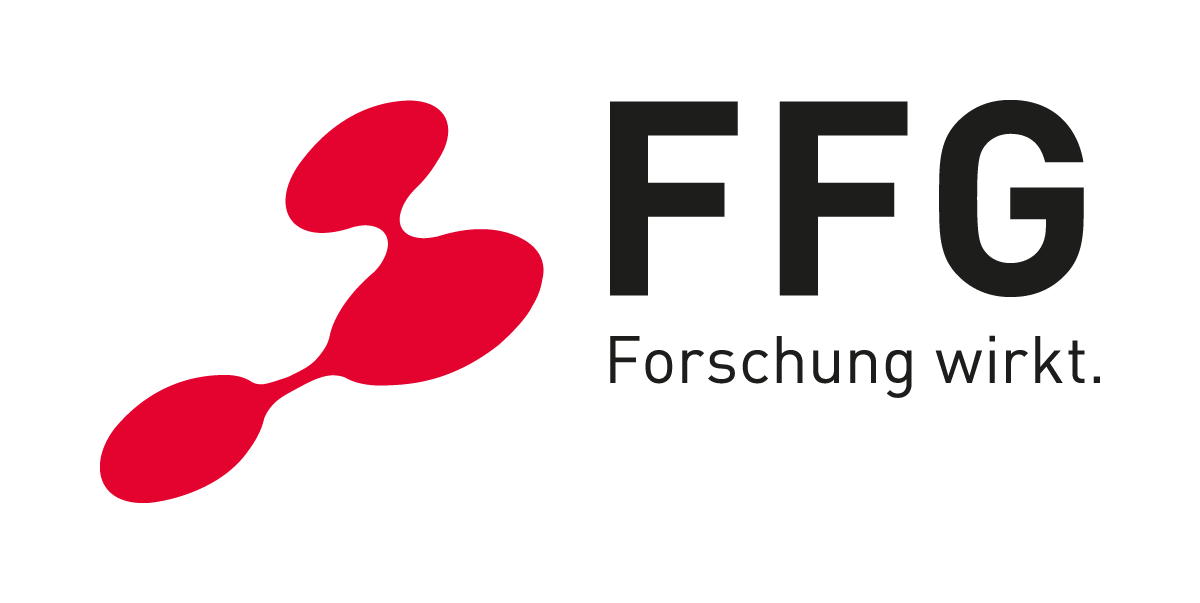 |
The Austrian Research Promotion Agency - FFG |
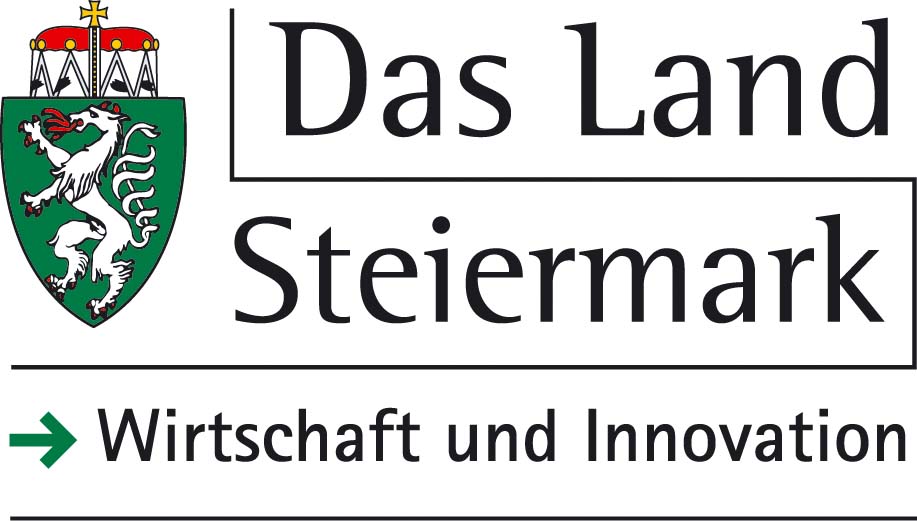 |
Land Steiermark, Abteilung 12, Referat Wirtschaft und Innovation |
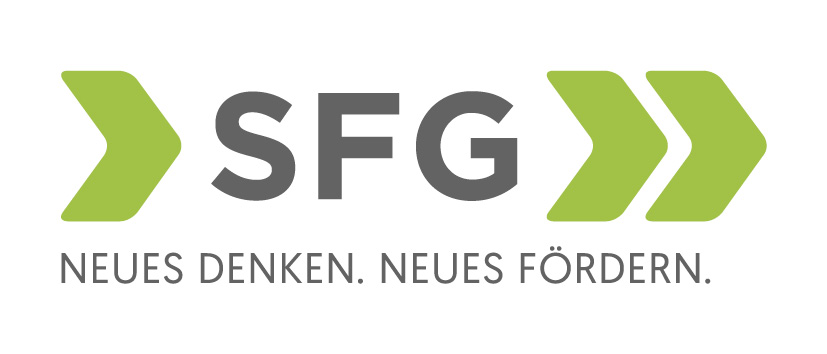 |
Styrian Business Promotion Agency - SFG |

















